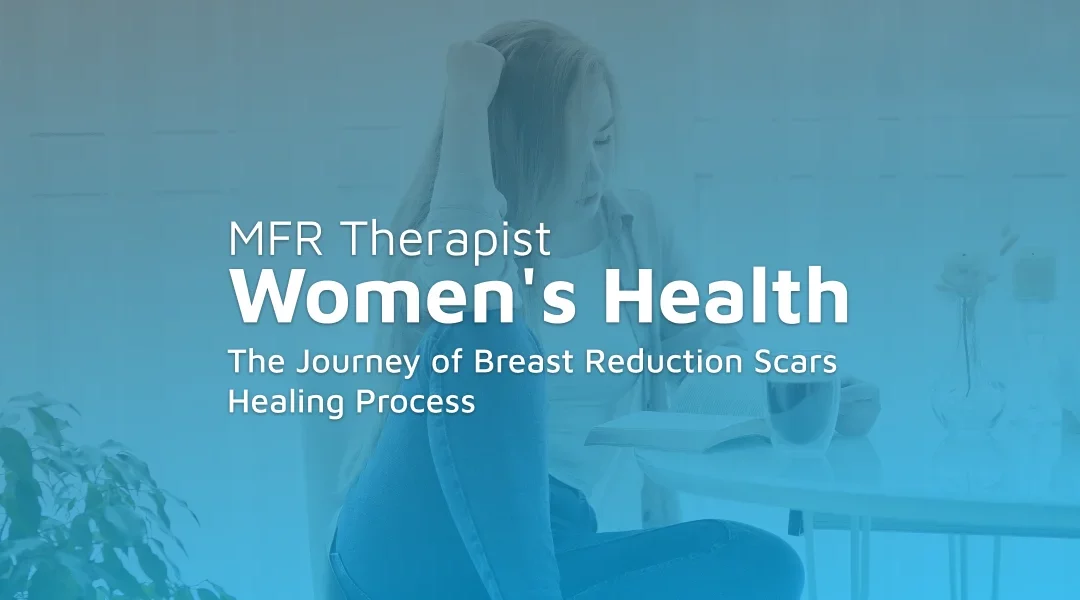There are different techniques for performing breast reduction surgery, each with its own set of pros and cons. These techniques include the traditional ‘anchor’ pattern, the ‘vertical scar’ reduction, and liposuction-only methods. The choice of technique will depend on several factors, including the size of the breasts, the patient’s personal goals, and the surgeon’s expertise.
Scar massage techniques
Scar massage is an instrumental method utilized to diminish scar tissue and enrich the aesthetics of scars, notably after surgery such as breast reduction. Through the application of controlled pressure and strategic manipulation of the scar tissue, this technique fosters increased blood flow, augments tissue pliancy, and contributes to the scar’s integration with the surrounding area, resulting in a smoother and less conspicuous mark.
Scar massage typically begins several weeks post-operation, after the full closure and mending of the incisions. Before initiating any scar management practice, obtain approval from your surgeon to ensure the appropriateness of timing and methods for your unique situation.
Topical treatments
Topical treatments are a cornerstone in managing the appearance and healing of scars following procedures such as breast reduction surgery. They are designed to address scar healing from multiple angles – from hydration and reducing inflammation to encouraging scar tissue remodeling. Here’s an overview of these treatments:
Silicone Gel Sheets and Ointments: Both silicone gel sheets and ointments are at the forefront of topical scar treatments. They contribute to scar healing by hydrating the skin and creating an environment conducive to tissue remodeling. Clinical studies have demonstrated that these products can effectively soften and flatten hypertrophic scars.
Vitamin E Oil: This oil is lauded for its moisturizing benefits and is believed to enhance the healing of scar tissue, making scars less noticeable with regular use.
Sunscreen: Newly healed skin is particularly susceptible to UV damage. Applying sunscreen to scars is essential to shield the tissue from harmful UV rays which can exacerbate scarring by stimulating pigment changes, leading to darker and more noticeable scars.
Before initiating any topical treatment regimen, seek advice from healthcare professionals. Potential side effects of these treatments could range from simple skin irritation to allergic reactions.
Professional scar treatments
For those dealing with pronounced scarring or scars that seem resistant to over-the-counter options, delving into professional treatments can open up a new realm of possibilities. Strategies such as steroid injections have been noted for their ability to flatten hypertrophic or keloid scars. Laser therapy emerges as a transformative option, targeting scar redness and prompting enhancements in the skin’s texture and tone. Techniques like microdermabrasion or chemical peels take a more surface-level approach — they meticulously exfoliate the skin, which can yield a more refined appearance in the scarred area. However, with these advanced therapies comes the need for a knowledgeable approach to potential benefits and risks. Individuals should consult with their healthcare providers to ensure a comprehensive understanding of what each treatment entails.
Proper nutrition for healing
Proper nutrition plays a crucial role in wound healing and scar reduction. A balanced diet rich in vitamins and minerals can support skin health and aid in the production of collagen, a protein that is essential for wound healing. Specific nutrients that are beneficial for healing include vitamin C, zinc, and protein. Foods like oranges, strawberries, nuts, seeds, and lean meats can provide these nutrients and support the healing process. Hydration is also important, as well-hydrated skin is more resilient and better equipped to heal.
Avoiding sun exposure
As briefly mentioned above, sun exposure can significantly impact the healing of scars, potentially leading to hyperpigmentation, where scars become darker, and can slow down the healing process. To protect your scars from the sun, cover them with a broad-spectrum sunscreen with an SPF of 30 or higher. Such sunscreens shield the skin from the full spectrum of UVA and UVB rays, which are both responsible for causing skin damage. In addition to sunscreen, wearing clothing that covers the scar can be particularly effective. Opt for loose, breathable fabrics that provide an extra barrier against the sun’s rays without irritating the skin. Accessories like wide-brimmed hats or UV protective gear can offer much-needed protection for scars, especially when it’s impossible to stay out of the sun.
Post-surgical therapy
Following breast reduction surgery, post-surgical therapy stands as a beacon to ensure swift and fruitful recovery. Embracing various forms of therapy, such as physical therapy to revitalize strength and mobility, and occupational therapy to reclaim routine daily activities, these therapeutic approaches are pivotal to bettering patient outcomes. Skillfully managing pain, optimizing functional recovery, and even refining the visage of surgical scars, therapy after surgery acts as a cornerstone to rehabilitation. Myofascial release (MFR) therapy can be especially helpful with scar reduction.
MFR therapists play an important role in the recovery journey of patients after breast reduction surgery. MFR therapy can help scarring by releasing restricted fascia and restoring mobility to the connective tissue that may have been negatively impacted by scar formation. Its hands-on techniques also enhance blood flow to the scarred area, promoting essential nutrient delivery, and aiding the removal of waste products.
The therapy’s ability to break down scar tissue is vital for rehabilitation. As scar tissue is softened and the underlying fascia is mobilized, patients often experience an improvement in flexibility, leading to decreased pain and increased range of motion. Moreover, as the fascial system is a continuous web that extends without interruption throughout the body, MFR’s impact on one area can lead to benefits in other connected areas, providing holistic improvement.
Finding the right therapist is crucial to receiving effective and safe MFR therapy. At MFR Health, we’ve made this process easier by creating a network of over 1,000 therapists trained in the John F. Barnes technique, a leading approach in MFR therapy. By connecting with a certified MFR therapist through our platform, you can feel confident that you are receiving treatment from a professional who understands the nuances of MFR and how to apply it effectively for scar management. To begin your journey, find a therapist through our platform today.

